Institution for 116 people in Czechia - CLOSED
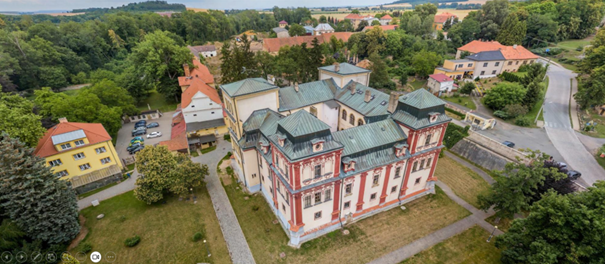
Milena Johnová shares her experience closing an institution for 116 people with disabilities. Milena was city councillor at the time, leading the closure of the institution:
I will draw on my own experience as a social worker involved in many cases of individuals leaving institutional care, and as a member of the city council responsible for social services. I advocated for the closure of this institution, and provided support to the implementation of this change.
Svojšice
Svojšice is a small community with approximately 500 local inhabitants in the Central Bohemian Region, Czechia. In 1945, the City of Prague established a "home" for elderly people here. Later, it changed into a "care home" for people disabilities.
From the beginning, the facility was used for Prague residents. The chateau is situated in a rural area, in the middle of woods, roughly one hour drive (or 2.5 hours by public transport) from Prague. On weekends, there are only 2–3 bus services. There is no direct connection to Prague.
The institution was in two buildings: the main chateau and a smaller building. In 2019, there were 116 people in total, most of them both with intellectual disabilities and mental health conditions.
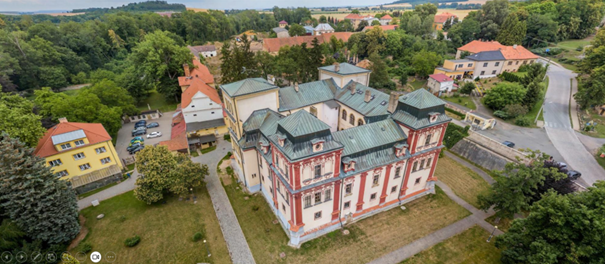
Result of deinstitutionalisation
Now, the entire complex is empty. None of the residents wanted to stay here, even though it was offered to them. The City of Prague wanted to reconstruct a smaller building for a community-based social service for people who would want to stay in the area.
- 33 people returned to Prague, to live in rented apartments with a maximum of four people per flat.
- 38 individuals stayed in the Central Bohemia, to live in apartments or family houses with a maximum of six people.
- Some people moved into their own homes or to their families.
- Sadly, several people passed away during the COVID-19 pandemic.
The deinstitutionalisation process took three and a half years, starting in mid-2019 and ending in November 2022.
Closing the institution
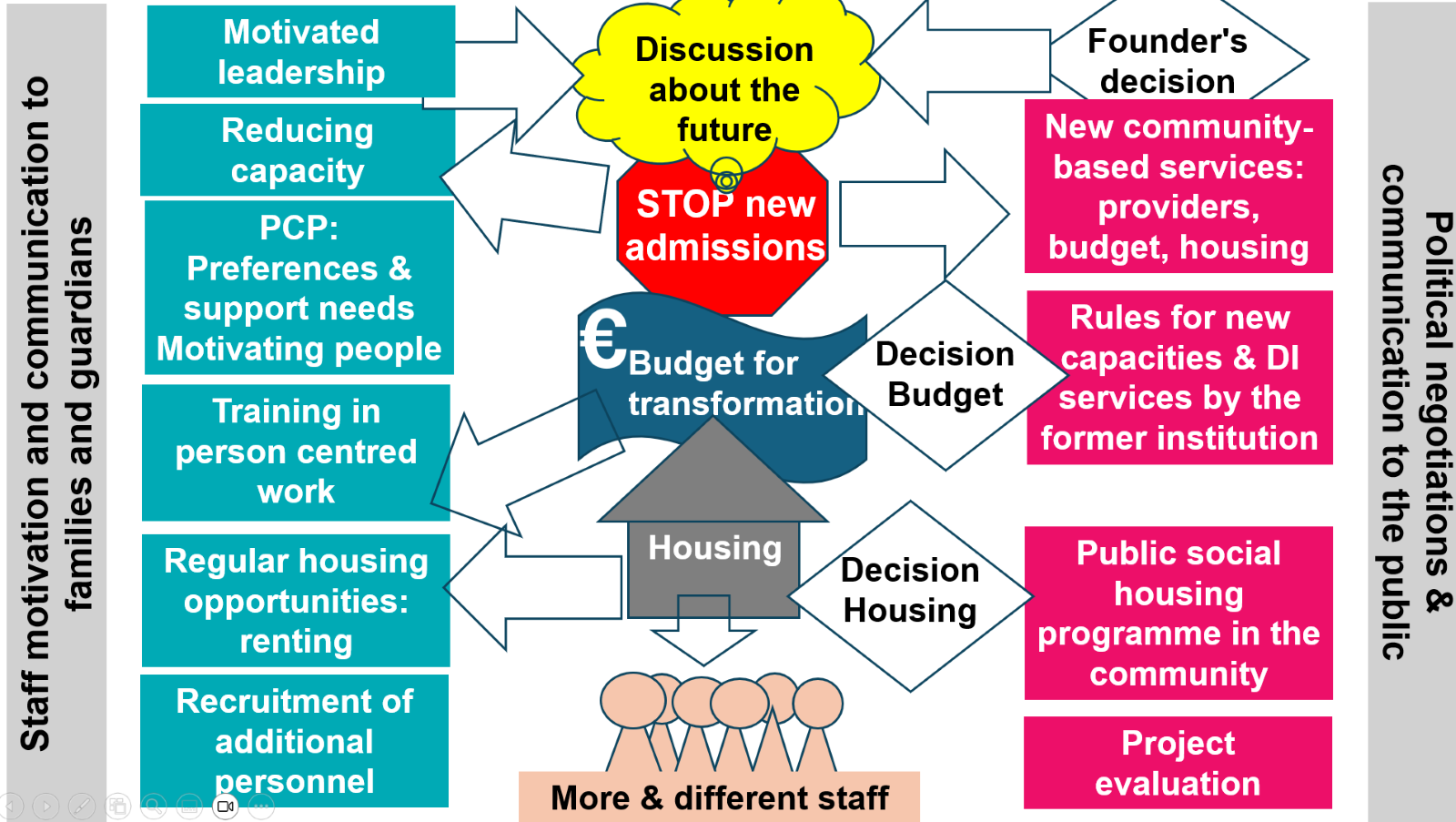
Decisions of the city council
The City of Prague made two key decisions at the start of the process.
- To abandon the château building due to its poor conditions.
- To transform institutional care into community-based social services with personalised support.
Negotiations with Management
The City of Prague has initiated negotiations with the institution's management. Successful deinstitutionalisation requires motivated and competent management. In the case of Svojšice, the former director had to be replaced.
The new director employed motivated and skilled middle management, enabling constructive discussions about transformation the services and closing the institution.
No new admissions
The institution stopped to admin any new people in. This was a very important step.
This resulted in a lower number of people in the institution, improving some of the conditions for those inside - for example better access to bathrooms, or elimination of walk-through rooms.
It also meant the City of Prague needed to establish new community-based services for people who would otherwise ended up in Svojšice.
Person-centred needs-assessment
The institution adopted Person-Centred Planning, starting with a thorough needs-assessment to determine what type of support people needed and what are their will and preferences regarding where, with whom and how they want to live.
Staff explained to clients what "normal" life in the community look like, using various tools such as watching popular TV series, organising visits of people who live independently, and discussions with self-advocates.
Training Staff
The shift towards personalised support required staff retraining. Week-long “summer school” introduced the tools of Person-Centred Planning. Staff were trained to become more sensitive and responsive to clients' needs, with an emphasis on delivering individualised support.
New rules for all the changes
Developing new community services in cooperation with other organisations, speeding up the process of development of these services, freezing new admissions to the institution etc. brought the necessity to develop new rules for social services. This was the task for the City of Prague.
Increased Costs
The reduction in the number of clients, creation of new community-based social services, and staff retraining led to a significant increase in costs, compared to the previous situation which was under-funded. This is the responsibility of the founder – the City of Prague.
Housing
The person-centred needs assessment provided information about where people wanted to live. It was necessary to find suitable housing, either apartments or family homes. The City of Prague decided to utilise its social housing program, and the institution’s management searched for rental properties.
Staffing changes
Once housing was secured, clients began moving in, which placed new demands on staff. Services had to be provided in multiple cities across two big regions.
Technical support staff, such as cooks and gardeners, were offered retraining as personal assistants. Many of them were happy to change their positions, others decided to leave the employment. In fact, this was the final wave of staff departures, as some were unwilling to adapt to the new approach of providing services.
Communication
The City of Prague maintained consistent messaging about the importance of deinstitutionalisation to political, official, and public audiences. Numerous press releases and press conferences were organised.
The institution’s management engaged in negotiations with employees, unions, families, and public guardians.
Evaluation
Several parameters were monitored to evaluate the changes.
Privacy
One of the most visible changes was the number of beds/people in one room. Initially, nearly all rooms had three or more people. By the end of the process, all clients lived in single or double rooms.
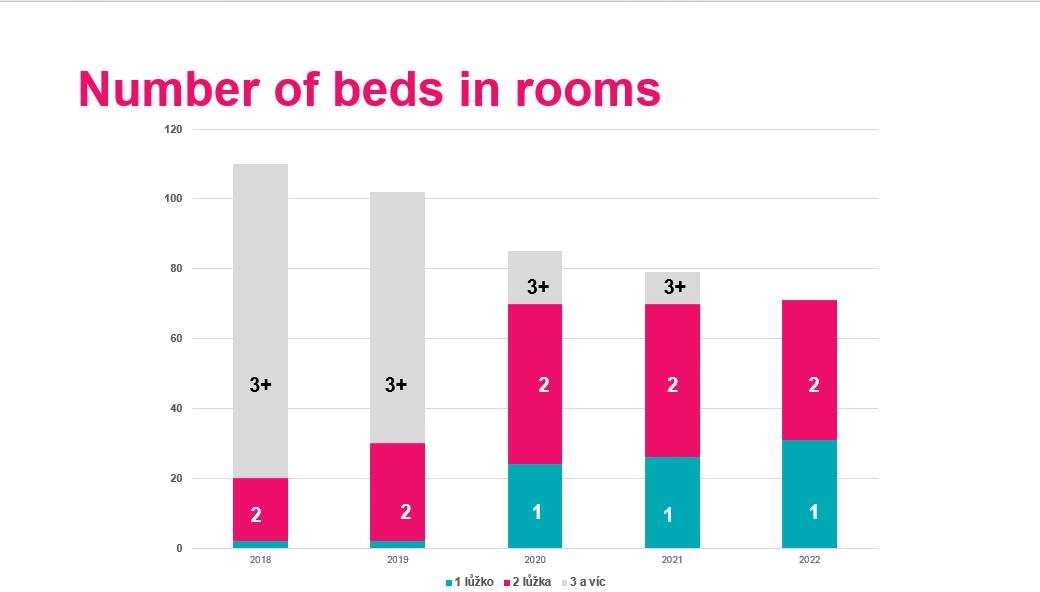
Staff changes
The number of direct care workers, including social workers, increased significantly.
Technical positions, such as cooks, gardeners, and cleaners were no longer needed. The service no longer needed medical nurses as clients started to use local healthcare services.
There was a slight increase in the number of management staff because services are now provided in two different regions and across multiple cities and Prague districts.
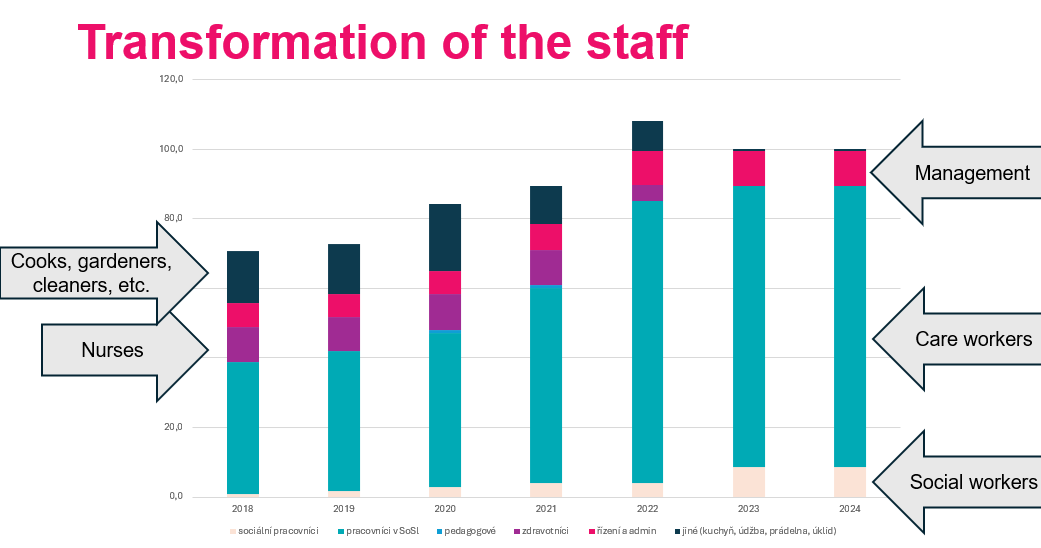
Costs
Better privacy and personalisation of support is more expensive than standing in line every morning to use the communal toilet and having no individual support.
The cost per one client has increased significantly.1 As clients in the new settings develop more skills and become better adjusted, the cost of services is expected to decrease.
Svojšice is an example of an institution where the quality of care was very poor, and the support needs of the clients were high. This is why the overall costs of transformed services stay significantly higher. But the benefit to the clients is enormous.
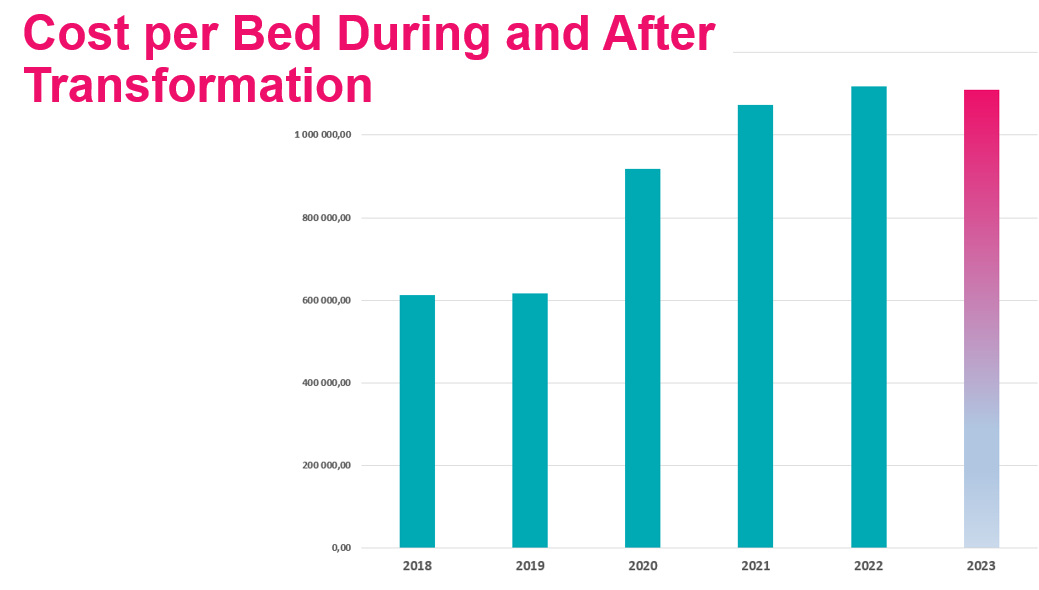
Challenges and solutions
The process of closing the Svojšice institution encountered several significant challenges that required innovative solutions.
One major obstacle was the limited capacity for the expansion of community-based social services. Existing providers often lacked the resources to meet the increased demand. The involvement of non-governmental organisations proved to be a critical solution, as they brought flexibility and expertise. However, non-governmental organisations need robust support from public authorities, particularly in the form of guarantees for sustainability, including long-term and sufficient funding for newly established services.
Another challenge was the ongoing housing shortage, which was especially severe for people with physical disabilities due to the lack of accessible, barrier-free flats and family houses. Securing appropriate accommodation was addressed by collaborating with public authorities to utilise social housing programmes. A portion of the social housing stock should be specifically allocated and designed to be accessible and barrier-free, ensuring that individuals with physical disabilities could transition to community living.
Finally, the transition was hampered by severe labour shortages in the social sector. Low salaries made it difficult to attract and retain sufficient numbers of social workers and care staff. To address this, public authorities must provide adequate funding to community-based social services, enabling them to offer competitive salaries and improve working conditions for employees. This is critical to ensuring the sustainability and quality of these services.
Key learning point
Deinstitutionalisation can be significantly shortened — completed within 3–4 years — by use of rented housing, instead of construction of new facilities, and by cooperation with non-governmental organisations to accelerate the growth of community-based services.
This approach underscores the importance of collaboration among governmental, non-governmental, and community stakeholders to achieve successful deinstitutionalisation and develop inclusive, sustainable services.
A rapid process of deinstitutionalisation is important not only for the sake of the residents of the institutions, for whom it means a faster way to improve their quality of life, but also for the services, because it reduces costs.
This case study was developed as part of Together+ project platform to exchange practice in transition from institutions to community-based support. Extended version of this case study is also used as a video-lecture for participants of national trainings, which are organised within this project.
